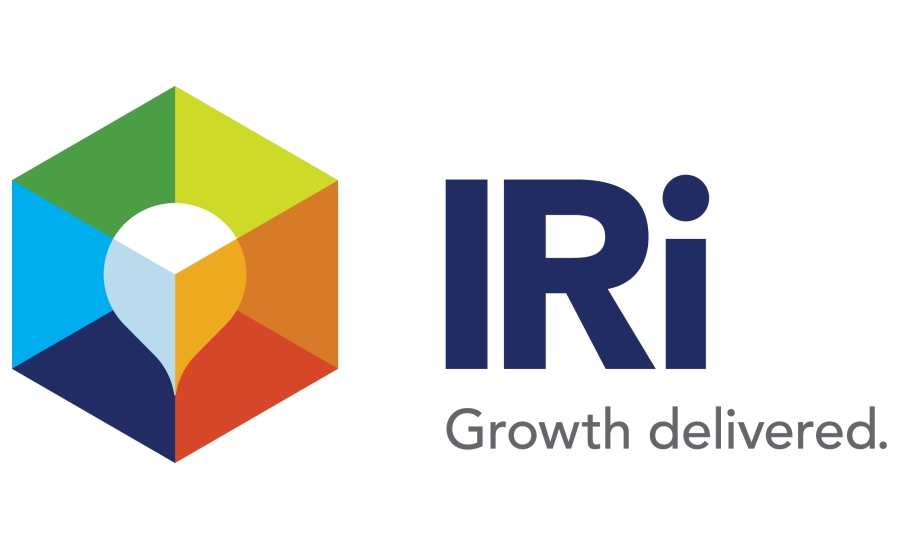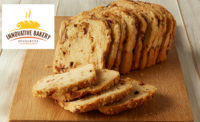IRI insights into 2022 snack and bakery trends


Sally Lyons Wyatt
The ongoing global public health crisis from COVID-19 continues to influence and shape how we interact with our food. Formerly on-the-go eating occasions are now increasingly obsolete in the absence of a morning commute. Increased incidence of working from home also impacts the lunch and dinner dayparts in foodservice, potentially fueling increased retail sandwich bread, bun, and roll consumption, but with a potential compensatory dip in the foodservice sector. Meanwhile, across the spectrum, snack and bakery producers continue to seek for opportunities to engage with consumers in a meaningful way through snacking.
Snack Food & Wholesale Bakery (SF&WB) recently had the opportunity to gather some insights from Sally Lyons Wyatt, EVP and practice leader, IRI, Chicago, highlighting variables she sees as factoring significantly into the snack and bakery market for the coming year.
Douglas J. Peckenpaugh: What are the top trends in snack and bakery that you feel will impact the industry during 2022?
Sally Lyons Wyatt: At-home occasions continue to drive elevated sales and consumption vs 2019 for many categories. Hybrid working models have had the largest impact driving this trend.
Where snack and bakery items are being consumed, we have seen a drive on “mixed bag” sizes. We literally see a few stories for package sizes. Categories like potato chips, tortilla chips, and cookies are seeing smaller-size dollar trends outpace larger-size. Then there are categories where both large and small packages are growing in double digits like other salted snacks. One of the drivers for other salted snacks is multi-packs. They have done well for many reasons, including portion control, single use, flavor variety, etc. However, there are categories where smaller sizes have not rebounded to pre-pandemic levels, like snack bars and pretzels.
Channel trends will continue with Mass, Club, Online, and Convenience driving most of the growth. These channels provide value (which is not only price) and convenience to consumers.
Intense flavors will be a theme in 2022. The bolder the better, but this doesn’t have to be just spicy. We have seen some bold-sweet combinations, too.
We will see a continued evolution with cohorts in 2022. The reduction of government stimulus will likely reduce growth from low-income consumers. With younger consumers becoming more mobile, including Gen X being more mobile with vaccine availability for young children, we will see some shifts in shopping and consumption.
DJP: How are bakery categories and snacking occasions changing in the ongoing wake of the COVID-19 pandemic, including on-the-go, away-from-home, foodservice, etc.?
SLW: The evolution of hybrid working models coupled with migrations to more suburban- versus urban-areas are the largest drivers of change for bakery and snacking occasions.
- Suburban households have bigger pantries and account for larger baskets in the store.
- With the demands of working at home, we have seen an increase in demand for convenience at home (e.g., meal bars).
- Per above, multipacks have continued to gain in sales and consumption. Consumers have gravitated to multipacks, because there is something for everyone in the home, single-use, portion control, etc.
- Snack and bakery categories continue to expand online, as e-grocery captures more food purchases.
- Variety-seekers purchase not only packaged bakery items, but also those found in the in-store bakery. This allows for customization for special occasions or even everyday celebrations.
DJP: What are the biggest challenges facing the industry in 2022, and how can we overcome them?
SLW: The economic situation, labor shortages, and supply chain will be the top challenges that will impact 2022 sales. The rise in the price of ingredients, including commodity ingredients, have resulted in increased prices across snack and bakery categories. We have begun to see many high inflation categories realize private label and mainstream share growth. Labor shortages have impacted transportation, manufacturing, in-store, and other aspects of ensuring products are available for consumer purchase. We have predicted that the supply chain shortages will continue through the first half of 2022, but should improve throughout the year.
There are several ideas for consideration to persevere through these obstacles:
- It will be important to focus on attractive price points with a wider variety of assortment to retain valuable cohorts. Work to leverage assortment to drive growth in each channel (e.g., value and premium tiers, as well as pack-channel range architecture).
- Diversify in-store and online products and services to meet in-home and out-of-home demand and drive incrementalism versus portfolio cannibalization.
- Leverage insights and analytics to more-quickly spot and act on evolving demand patterns like net-price realization (e.g., real-time management of price gaps, granular consumer elasticity, targeted promotions, etc.).
- Identify cross-category trends that can be translated into products and services (e.g., packaging, taste exploration, etc.).
- Continue to personalize and target marketing investments with digital channels (e.g., digital grocery, retail media networks, etc.).
For a comprehensive look at predictions for what’s in store for the coming year, review the “2022 Snack & Bakery Outlook Report” in the January issue of the SF&WB eMagazine.
IRI also provides some additional perspective on the current foodservice market in “IRI's On-Premise Decision Suite reveals restaurant, bar volatility due to COVID-19” on www.snackandbakery.com.
Looking for a reprint of this article?
From high-res PDFs to custom plaques, order your copy today!






